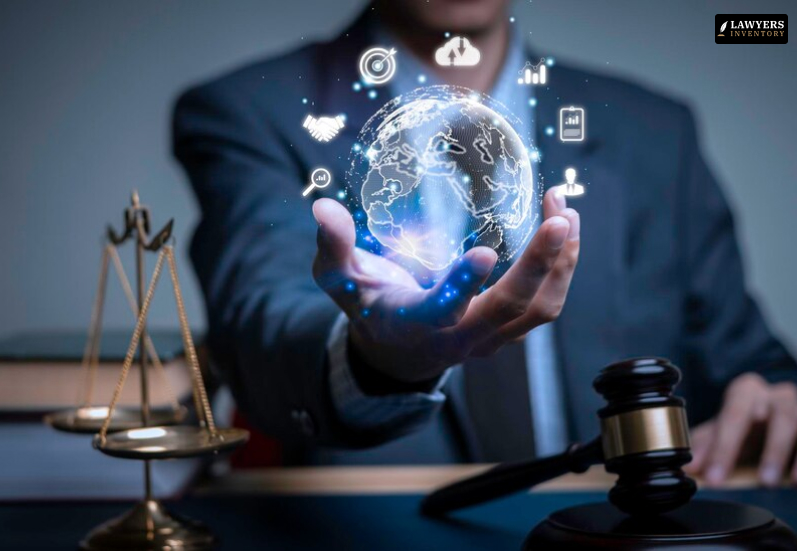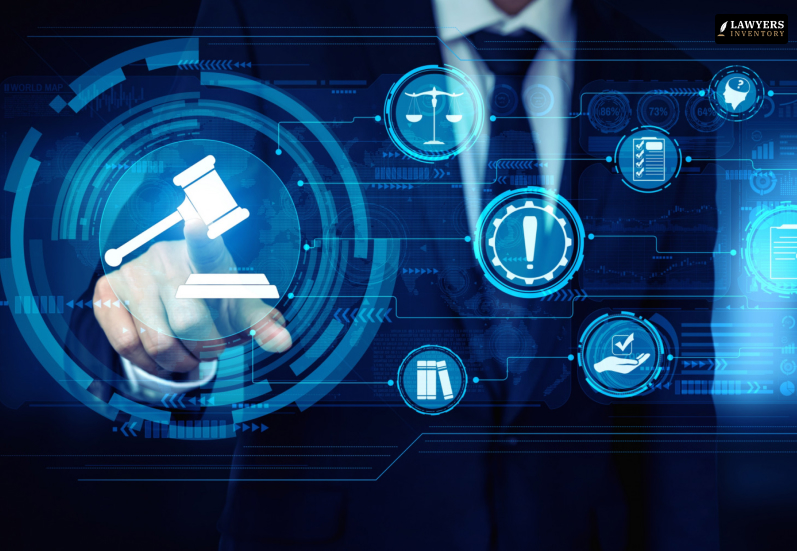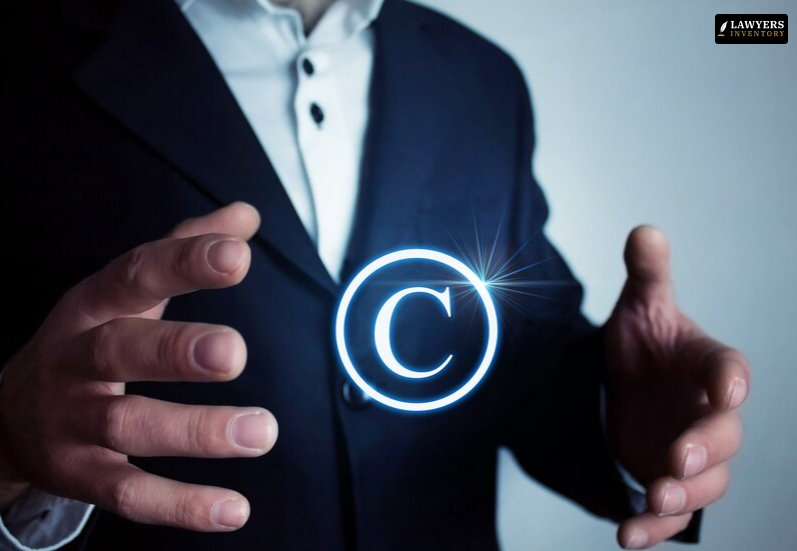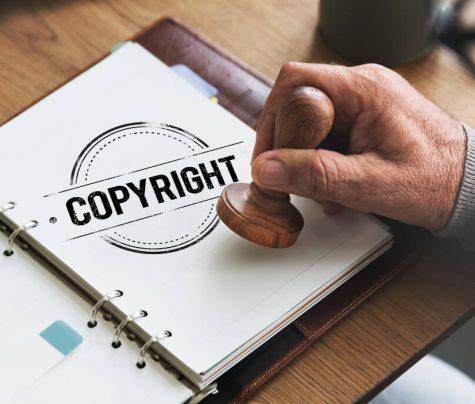
In our modern age, the amount of digital assets of various sizes we tend to manage is vast. This is especially the case when corporations tend to work with a large amount of digital assets. In this article, we will be talking about digital rights management and how businesses can use it to improve their overall organizational performance.
What Is Digital Rights Management?

Digital Rights Management (DRM) refers to all processes, policies, and technologies organizations use to control how digital content creators use and share digital assets.
Moreover, DRM is known to protect intellectual property by relevant copyright laws, which is known to protect content owners and corporations as they are known to distribute and create content over the internet.
One of the essential parts of digital rights management is digital asset management (DAM). It is the method through which an establishment organizes, stores, retrieves, and shares content from the asset library. Similarly, digital assets are typically associated with a license that defines terms and the duration for the content’s usage.
Why Is Digital Rights Management Vital for Your Business Strategy?

You must note that organizations need to be aware of whether they currently have the right to use a digital asset, along with understanding how and where they are permitted to publish the same.
Moreover, if you seek to publish or use a digital asset without the correct permission, you might face legal repercussions. You’ll need permission to use a proper license to avoid legal penalties and lawsuits. Moreover, using digital assets without proper licensing might earn a bad reputation for your brand and value.
However, many brands might wait till they are already in legal issues while thinking of incorporating DRM within their business strategy. Moreover, make sure you’re making DRM a part of your business strategy from the very beginning while working with digital assets. This strategy will protect your business from legal troubles and streamline the workflow.
How Does Digital Rights Management Work?

Now, let’s get into the matter of how a digital rights management system works. First, you must know that a high-level DRM restricts unauthorized users from accessing, editing, or sharing your digital assets.
Moreover, DRM software tends to act as a platform that prevents unauthorized users from having access to digital libraries that do not have the owner’s permission. Here are the ways digital rights management software works.
Digital Rights Enforcement
DRM software is known to enforce digital rights and usage policies that are placed in place to protect each digital asset. Moreover, it ensures users comply with the terms of use defined by content creators or rights holders.
Access Control
Another way DRM software assists organizations in managing how users are accessing each digital asset. Similarly, the software authenticates through usernames and passwords or digital certificates.
License Management
DRM software also assists organizations in managing license distribution, creation, and validation. This is primarily granted to have access to the digital assets for usage or purchasing from the owner.
Content Encryption
Digital rights management software tends to use encryption techniques to protect digital media and files from unauthorized access. Moreover, encryption also transforms the content into a format that can only be viewed or accessed after being approved by authorized users.
Usage Tracking
DRM software tends to track and record what content is being accessed, used, or shared. The presence of this information will provide you with valuable feedback for content creators trying to seek a better understanding of user preferences and behaviors.
Watermarking
Digital rights management software can embed unique identifiers called watermarks for the identification of original file source. Moreover, this can help prevent unauthorized sharing or content theft.
Benefits And Challenges Of Using Digital Rights Management

The ability to set up digital rights management software to ensure storage and manage vast libraries of digital assets can be scary. Especially if your company is trying to set up such a system for the first time. Some of the challenges of using a DRM are mentioned below.
Risks of privacy and security data access
If you are working on users’ data or sensitive information, then you may be obliged to follow stringent steps for its protection, following the regulations for data security or privacy. On the contrary, you could face fines and other penalties if you do not take proper measures today.
Unauthorized access to content
The absence of a robust DRM system may make you let hackers or unauthorized users free visitation of your files or content by mistake.
Lost income, the destruction of the obligatory income base
Losing a DAM or DRM protection scheme for a business that uses its content protection to generate income may mean its revenue slips.
Risks of Intellectual Property Being Owned By One’s Property

A DRM is not there to save your assets from amoral activity but rather to ensure that you won’t lose ownership and control of the assets that you own.
Lack of copyright education
A DRM system that sets copyright and ownership rules will protect your interest, as people on the other end might need a clearer picture of how to use and manage your digital content.
Benefits Of Using Digital Rights Management
After you’ve noted the challenges of using digital rights management software, you must know the benefits of using one to improve your business capacities. Some of the benefits are mentioned below.
Data privacy and protection
Controlling who has access to digital devices and the rights of usage ensures that you protect your personal or private information and security.
Controlled access to content
DRM systems have been designed to be able to restrict based on where, when and how the content is accessed and used.
Retention of revenue
When digital assets are wisely handled and well-protected, creators or holders can still benefit from their content and enjoy a continuous financial stream.
Preservation of ownership
DRM, the digital rights management, protects intellectual property rights by blocking unauthorized reproduction, cutting and pasting, and disseminating digital content.
Copyright education
DRM builds a way for creators to showcase which use cases are allowed after the purchase and others that are not based on the rules for a given asset.
Strategies For Effective Digital Rights Management

Digital Rights Management (DRM) is the technology and strategies to protect digital content from unauthorized use, distribution, and admission. In the digital generation, where intellectual asset rights are paramount, powerful DRM is essential for content material creators and distributors to shield their assets. Here are key strategies for implementing powerful DRM.
Encryption
Encryption is fundamental to DRM. Encrypting virtual content containing media files or files will become unreadable without the correct decryption key. Advanced encryption algorithms like AES (Advanced Encryption Standard) are extensively used to secure content material throughout the garage, transmission, and utilization. Strong encryption guarantees that only legal customers can get the right of entry to the content material.
Access Controls
Implement robust right-of-entry controls to restrict who can get admission to digital content material and under what situations. This includes consumer authentication mechanisms, passwords, biometrics, and virtual certificates. DRM structures can put in force particular utilization policies, like restricting the variety of gadgets a consumer can access content material from or placing expiration dates for access.
Watermarking
Digital watermarking embeds identifiers into content material, making it possible to hint at the source of unauthorized distribution. Watermarks can be seen or invisible and live on commonplace adjustments like layout conversion or compression. This generation acts as a deterrent towards piracy by discouraging illicit redistribution.
License Management
DRM relies on robust license management systems to govern how customers use digital content. Licenses specify the phrases and conditions of use, which include accepted moves like viewing, printing, or sharing. License servers authenticate users and enforce those regulations, ensuring they comply with copyright laws.
Device and Location Restrictions
DRM can put in force restrictions primarily based on tool types or geographic places. For example, content can be constrained to specific operating systems, hardware devices, or areas. Geo-blockading techniques save you access from unauthorized places, aligning with licensing agreements and copyright rules.
Continuous Monitoring and Updates
To stay in advance of evolving threats, DRM structures require ongoing monitoring and updates. Regularly patching vulnerabilities and adapting to new assault vectors (e.g., display seize gear) is essential. Real-time monitoring can stumble on suspicious activities, triggering protective measures like revoking compromised licenses.
User Education and Awareness
Educating customers about DRM and its blessings encourages compliance and reduces inadvertent breaches. Clear communique regarding usage rules, privacy implications, and legal results fosters a way of life of respect for virtual rights. Training applications can help users recognize their duties when using blanket content.
Conclusion
Effective DRM is crucial for shielding virtual property and ensuring honest reimbursement for content material creators. Businesses can mitigate the risks of unauthorized use and piracy by employing an aggregate of encryption, getting entry to controls, watermarking, license management, and user training. Continuous innovation in DRM technologies is critical to evolve to rising threats and shield highbrow assets in the virtual age.
Read Also:
- Everything You Need to Know About Non-Disparagement Clause
- Importance of Intellectual Property Rights In An AI-Driven World
- Intellectual Property Wars: The Battle Against Trademark Infringement











1 Reply
All You Need To Know About Contract Repository
April 26, 2024 at 10:24 am
[…] in your contract. Here are some essential security measures you must have to keep in mind that your digital contract management system should […]
Reply